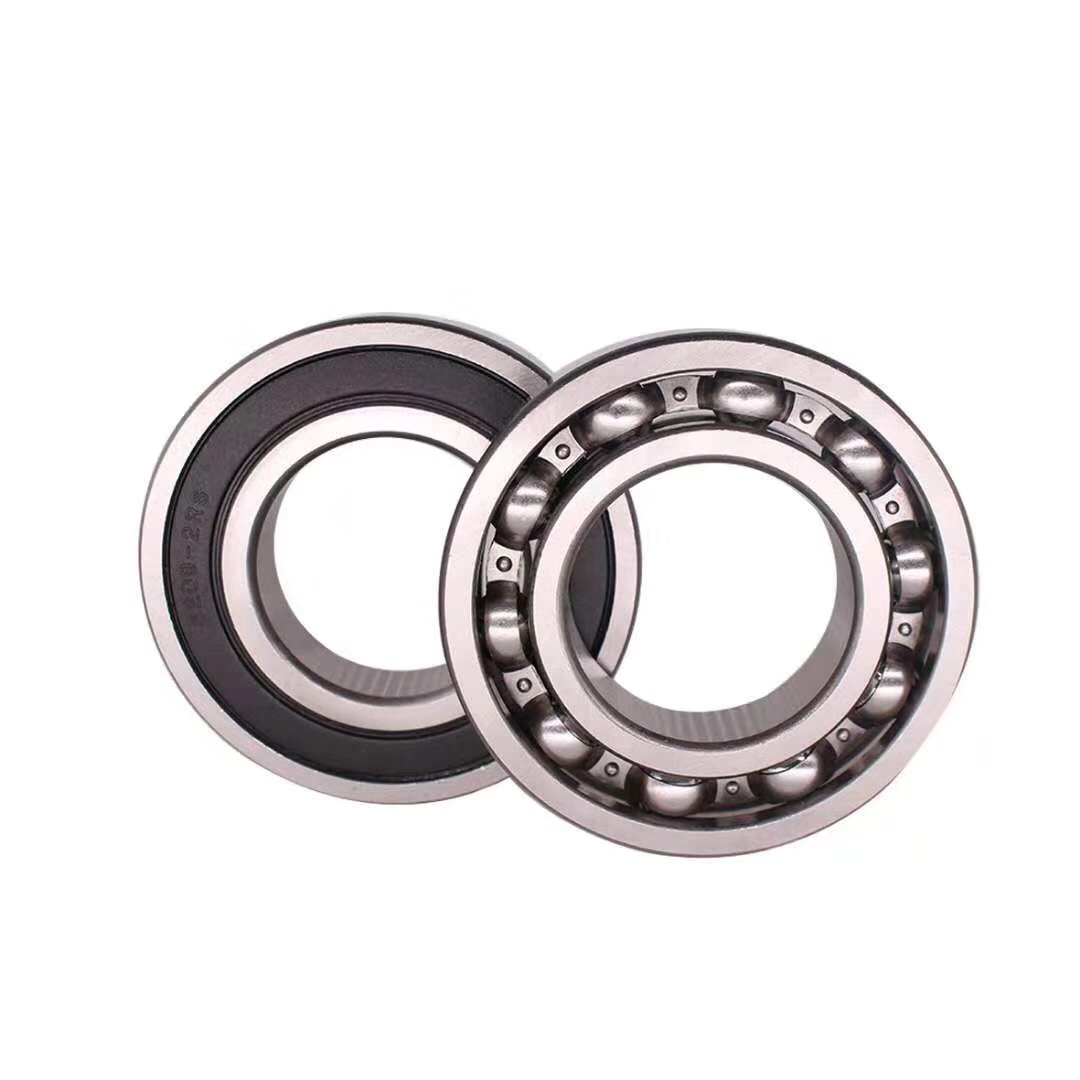CONTACT US
Zhejiang waxing electromechanical co.LTD.,Factory located in Shandong,Headquarters located in Zhejiang,China.
 1. Mechanism of burn
1. Mechanism of burn
In the grinding process, the metal surface produces plastic deformation due to the effect of abrasive particles on the cutting, engraving and friction of the workpiece.Grinding wheel, cutting speed is high, relative to the workpiece and the surface produce severe external friction and heat, and because each of the abrasive cutting is momentary, the heat generated in a flash, and not spreads in time, so in the grinding area of instantaneous temperature is higher, generally can reach 800 ~ 1500 ℃, if the cooling measures is not good, it is easy to cause burns on the surface of the workpiece, also is in the surface layer of artifacts (generally a few dozen microns to beat the micron) secondary quenching and high temperature tempering, destroyed the groups on the surface of the workpiece, the naked eye can see serious burns.Severe burnt yellow or black oxide film appears on the surface. Minor burns can only be observed by etching with dilute acidic solution. The burn area is black.Burns can reduce the service life of the workpiece.
2. Prevention of burns
Since burns are caused by a large amount of heat generated in the grinding area and not timely distributed, it is necessary to reduce the heat generation to avoid burns, accelerate the heat distribution, that is, reduce the internal and external friction during grinding, and make the workpiece get full and effective cooling.For the coolant, the composition concentration should be appropriate, the flow rate and pressure should be sufficient, really play a cleaning role (washing the grinding wheel and workpiece friction, cooling and lubrication).
To reduce the generation of friction heat, after all, is to reduce the internal and external friction during grinding, which should take into account the following factors: reduce the grinding thickness, reduce the plastic deformation of metal, reduce the internal friction, so as to reduce the grinding heat;Improve workpiece speed, shorter time grinding workpiece surface by grinding area, reducing grinding heat accumulation, will tell from the characteristics of grinding wheel, abrasive hardness is high, the cutting performance is good, can reduce the fever, but abrasive hardness is not too hard, organization can't be too thin, otherwise dull abrasive is not easy to fall off, abrasive micro Kong Yi plug between solid and reduce grinding wheel cutting performance, and increase the contact area, workpiece and grinding wheel in the surface strong compression, friction lead to higher temperature.Therefore, in order to avoid burns and ensure the abrasive efficiency and workpiece precision, the grinding wheel with low hardness and large organization size is adopted at the time of rough grinding, and the grinding thickness is larger.In the final grinding, select the hard grinding wheel with small organization number to ensure effective dressing of the grinding wheel and choose a smaller grinding thickness;For materials with high grinding intensity, high hardness and poor thermal conductivity, it is easy to use a small amount of feed, improve the workpiece speed, can effectively avoid burns.
Type of burn
The following specific factors can cause burns in actual production:
(1) process system vibration, machine tool vibration and hydraulic system pressure instability.In the moment of vibration will increase the amount of grinding, resulting in burns, burns along the surface of the workpiece along the distribution of vibration grain, also known as vibration grain burn.
(2) the dressing of the grinding wheel is not good and the abrasive material is not sharp, resulting in burns. At this time, the burns are distributed along the grinding wheel grinding marks, also known as scratch burns.
(3) if the suction of the centerless clamp is insufficient or the support is loose, the workpiece will slide instantaneously, which will cause burns.
(4) uneven grinding amount and uneven grinding thickness will result in local burns.
(5) the grinding wheel is too hard, the feeding amount is too large, the workpiece speed is too high (the workpiece speed is too high will reduce the cutting ability of the grinding wheel) will cause the workpiece surface evenly distributed burns.
Copyright © 2025 Zhejiang waxing electromechanical co.LTD. | All Rights Reserved Design
Hello, please leave your name email or WhatsApp here before chat online so that we won't miss your message and contact you smoothly.